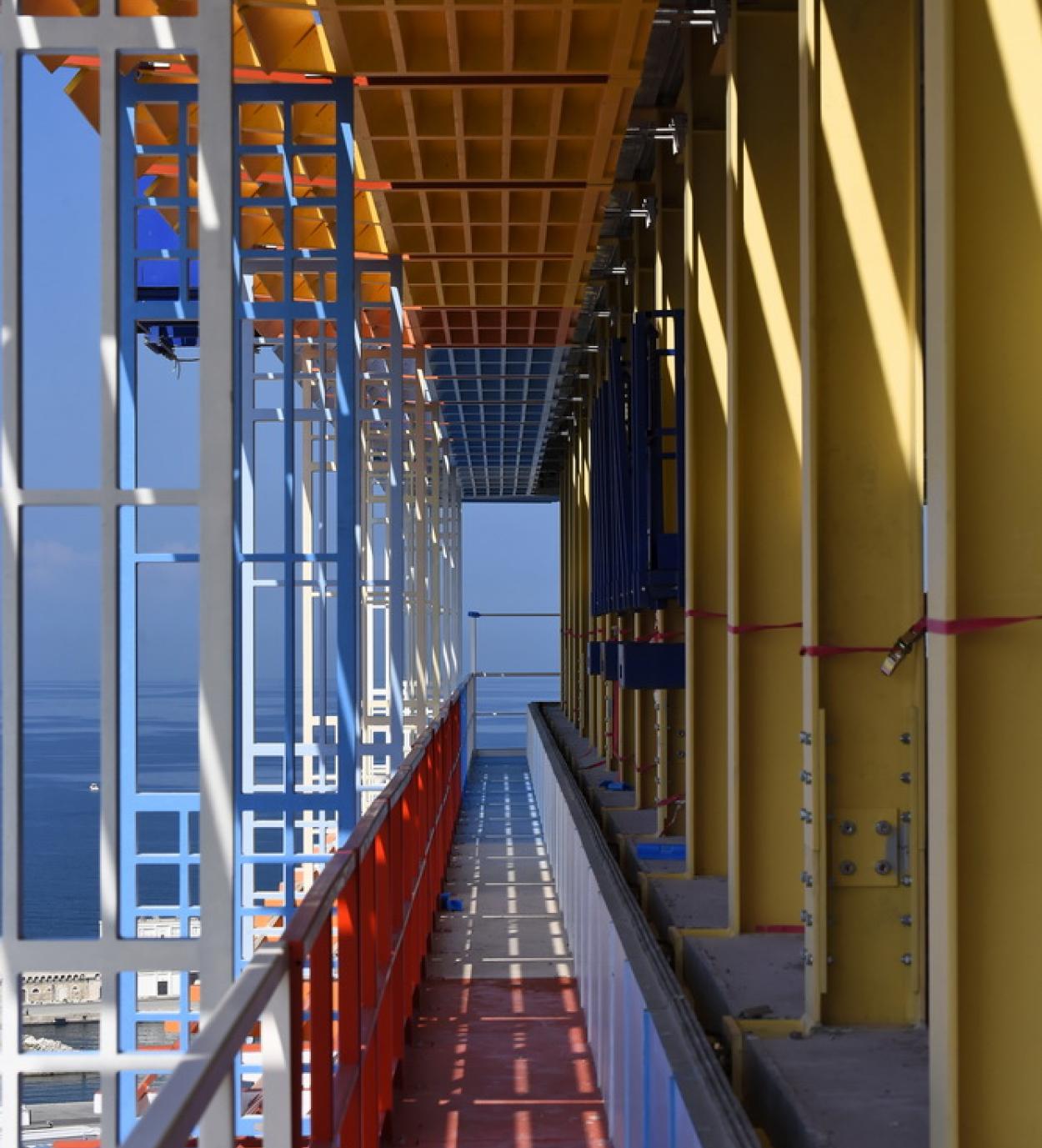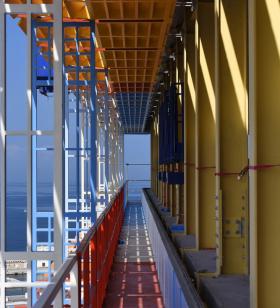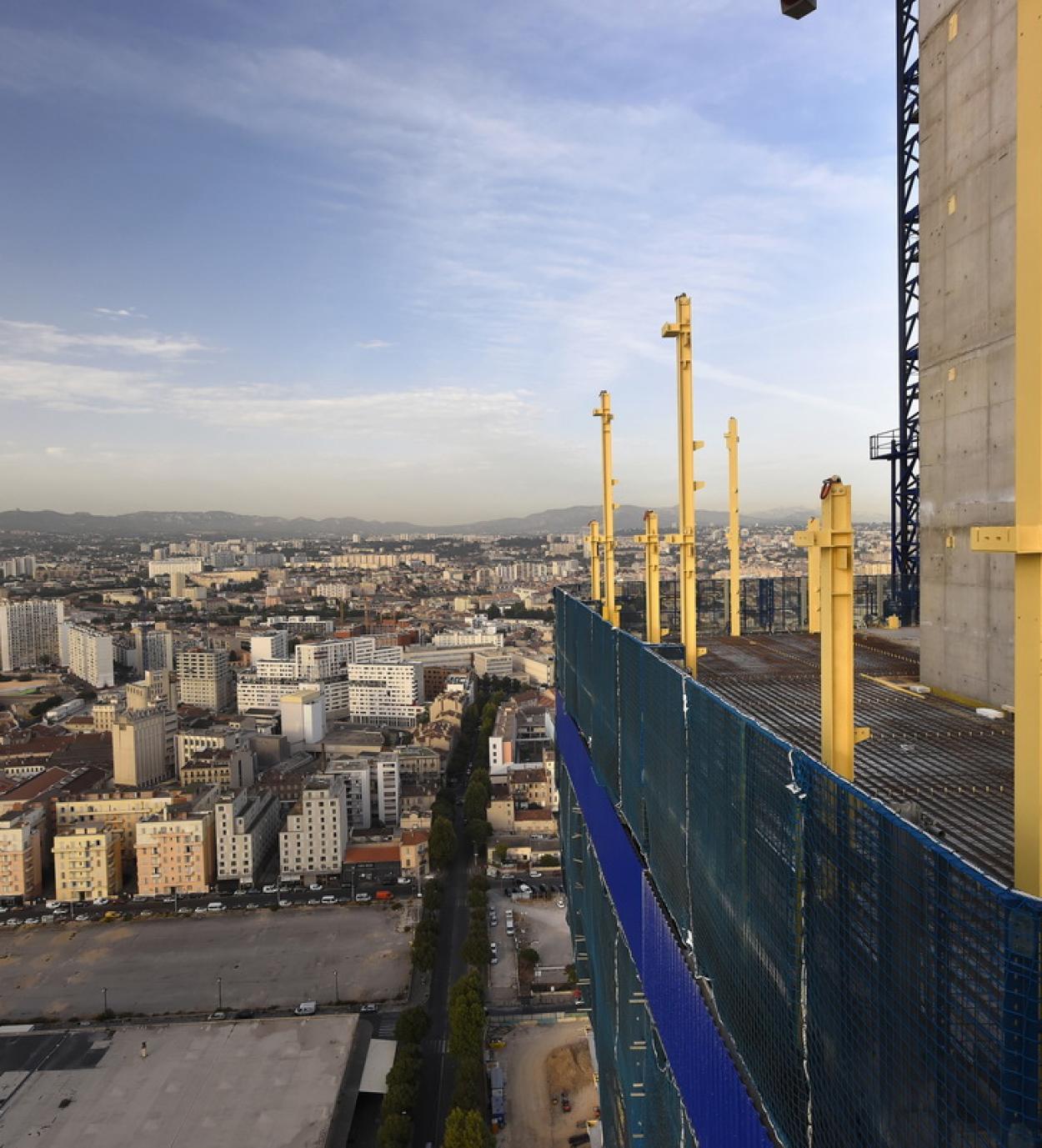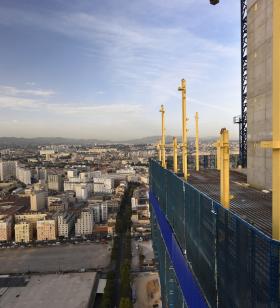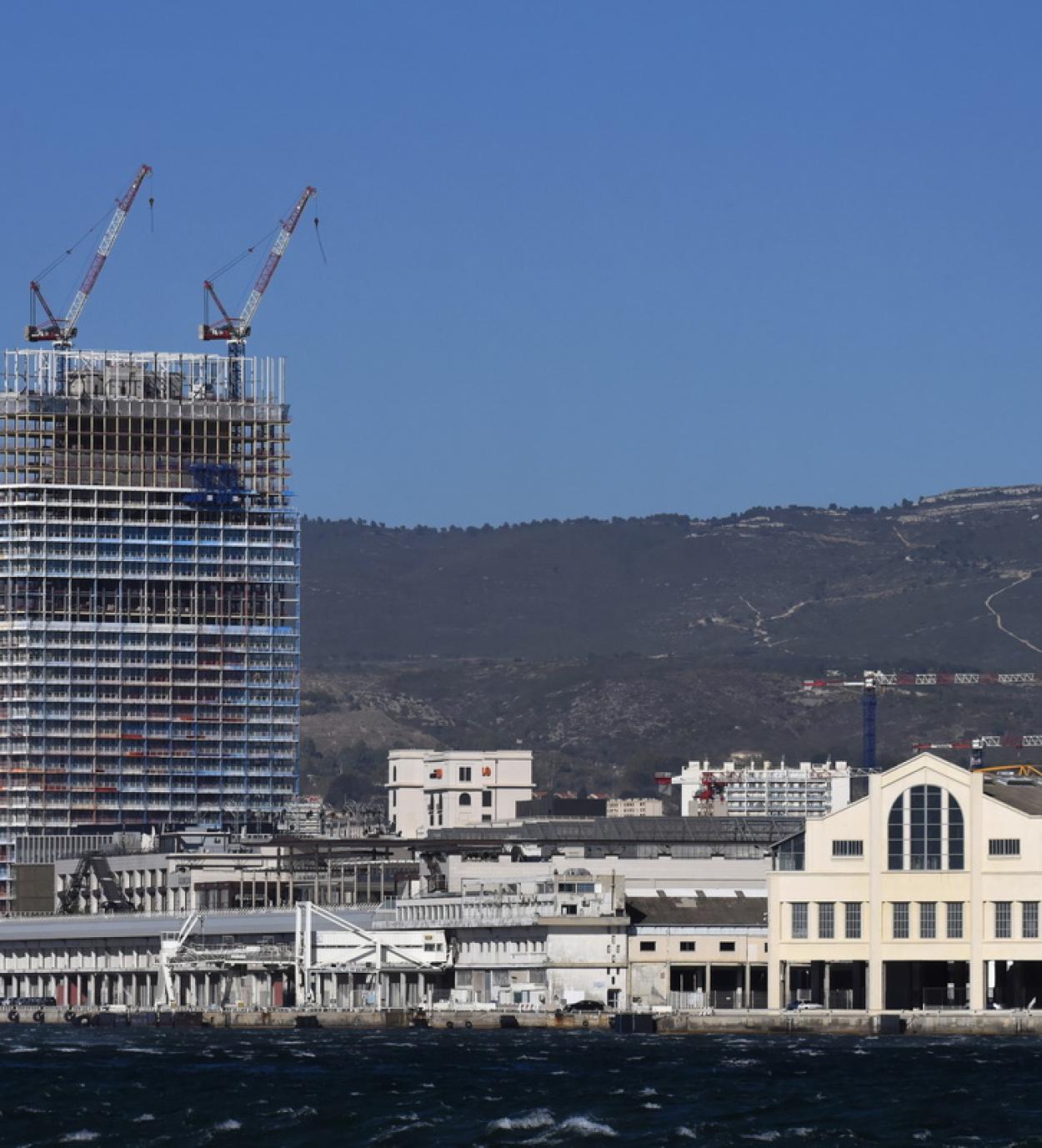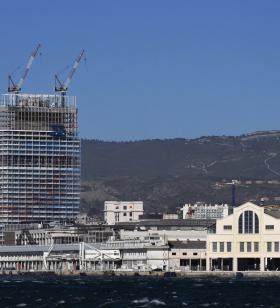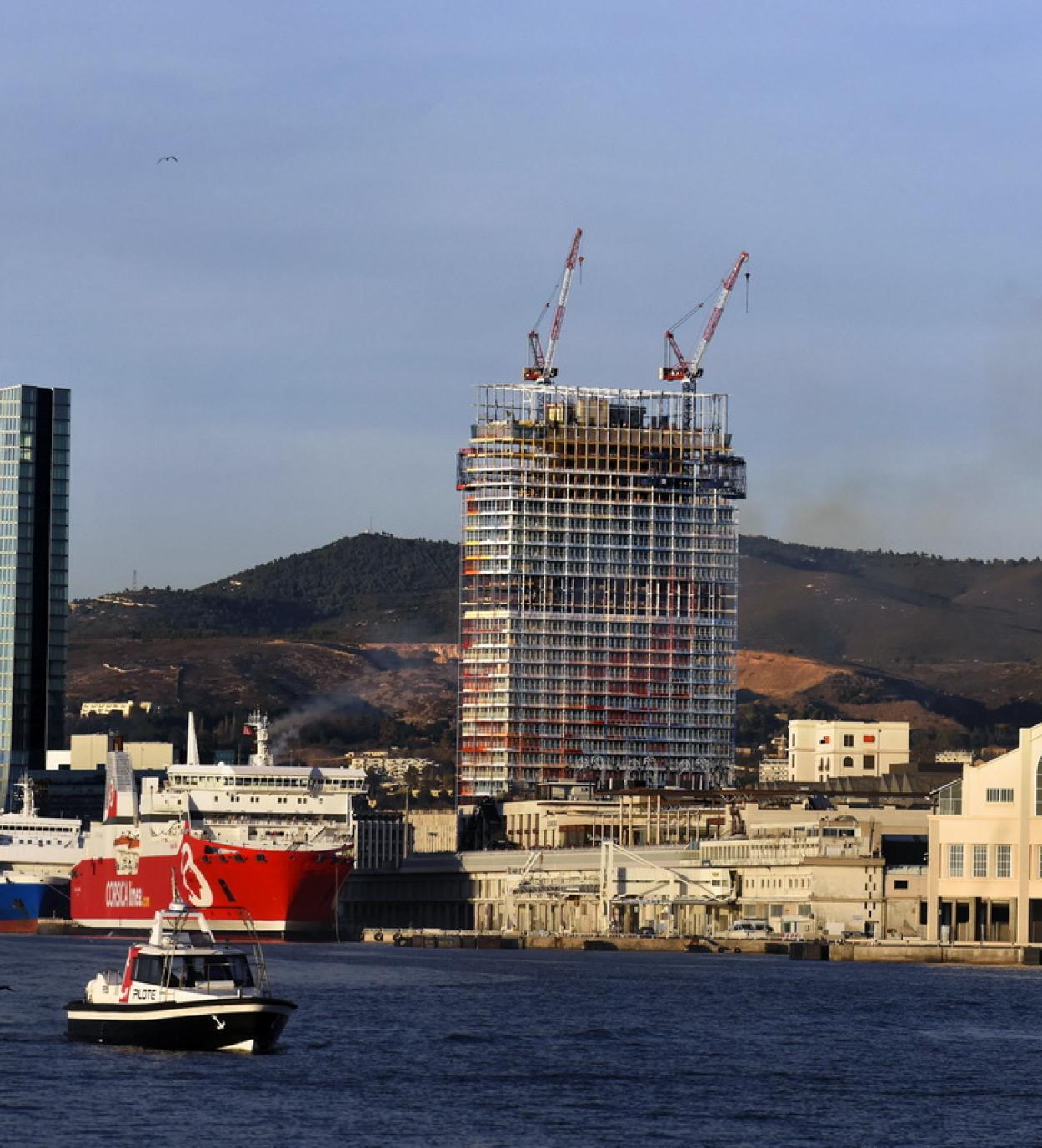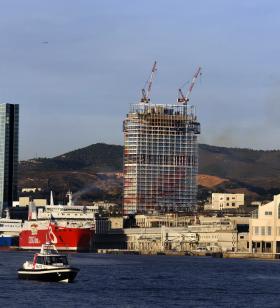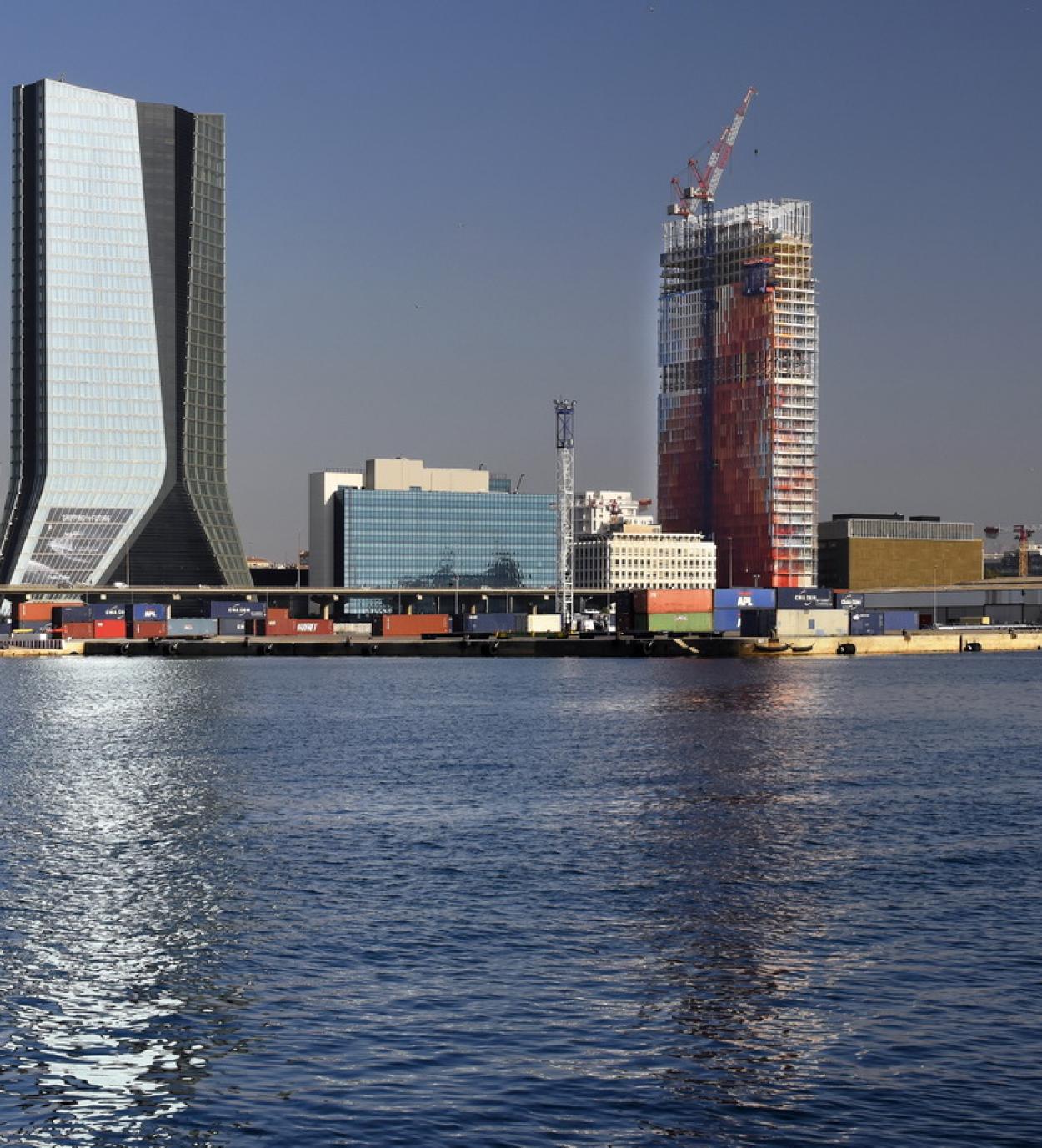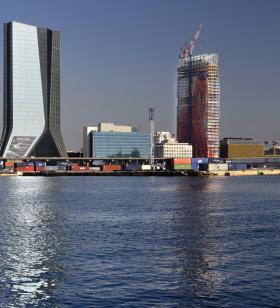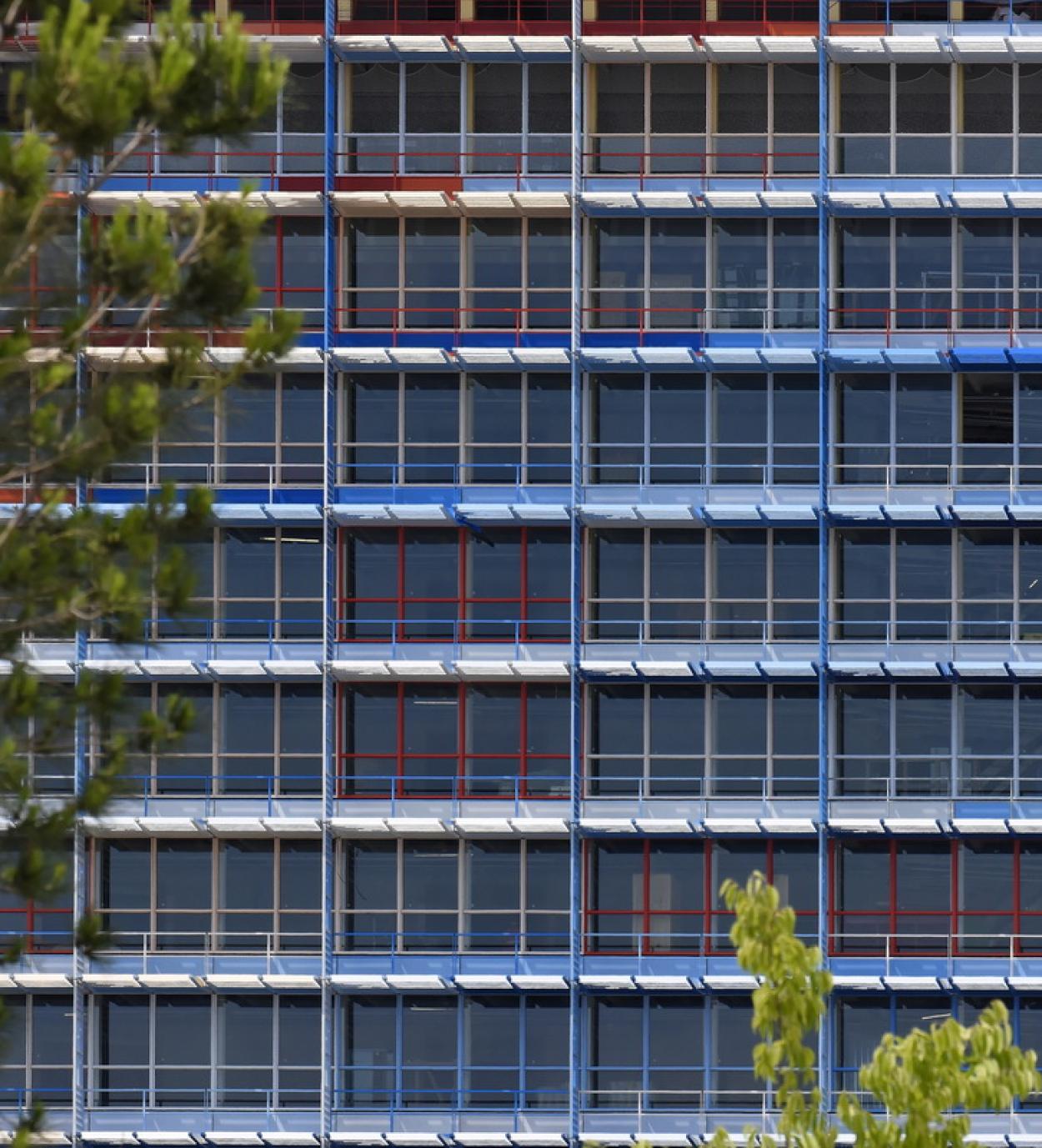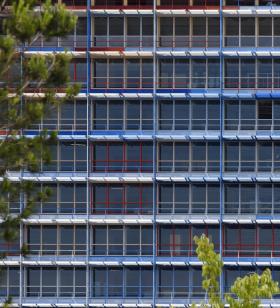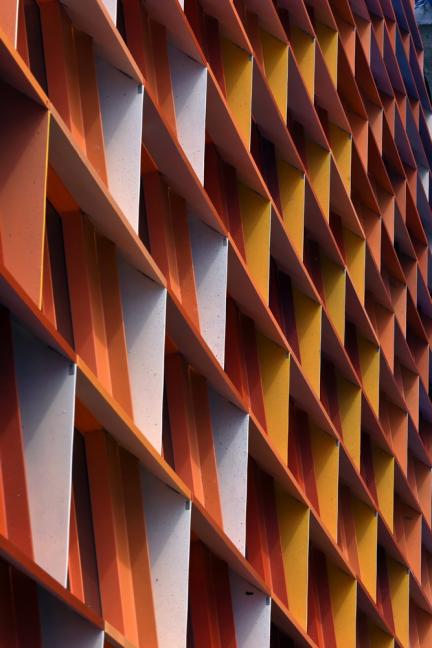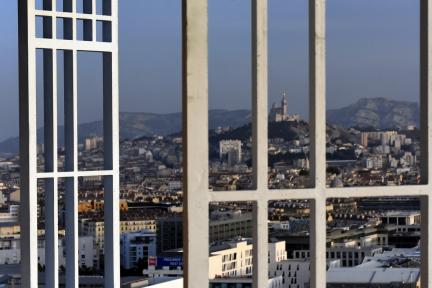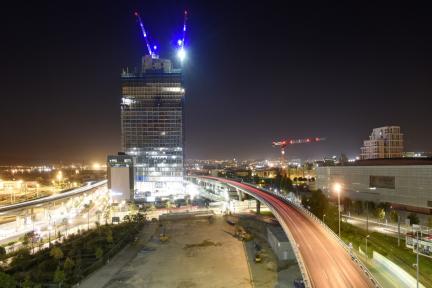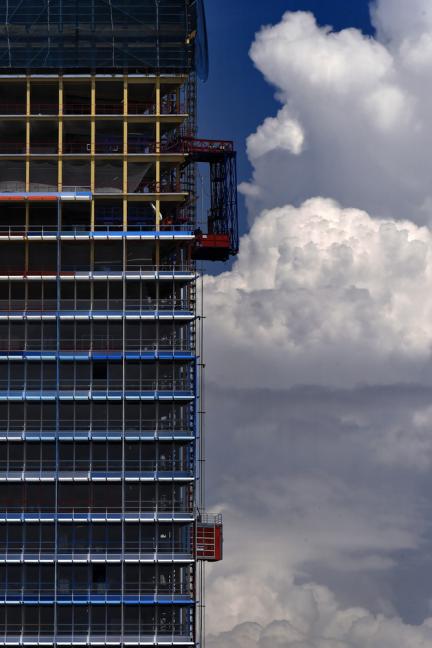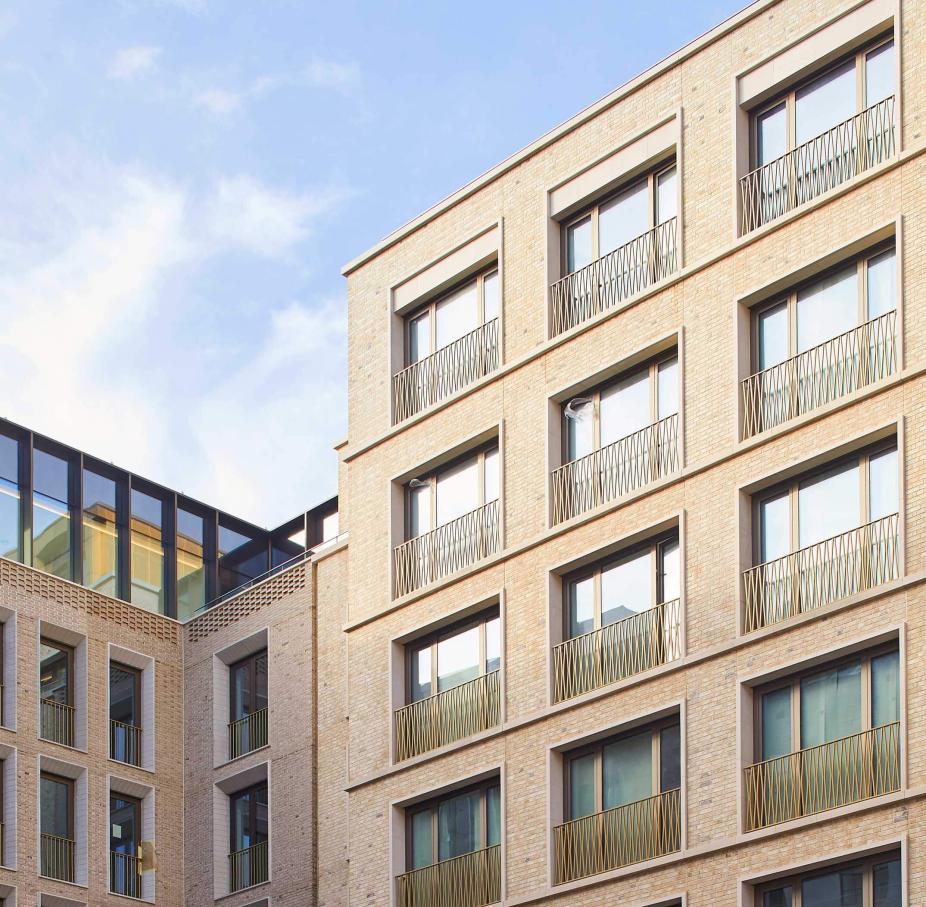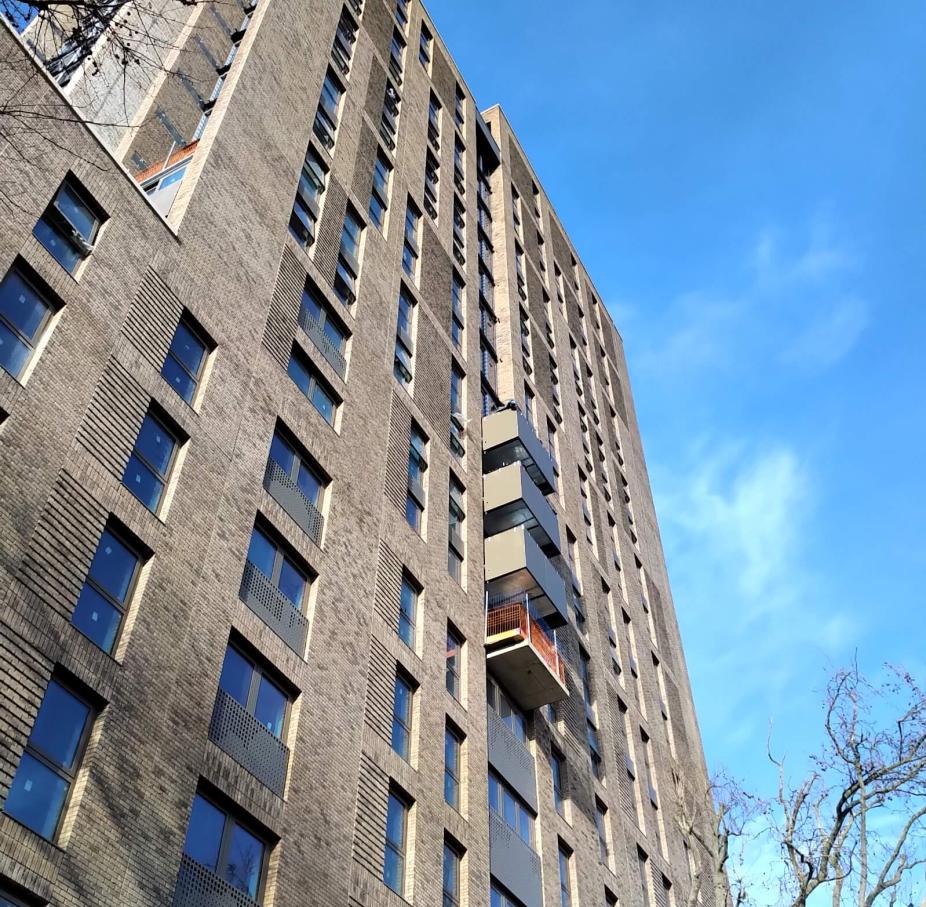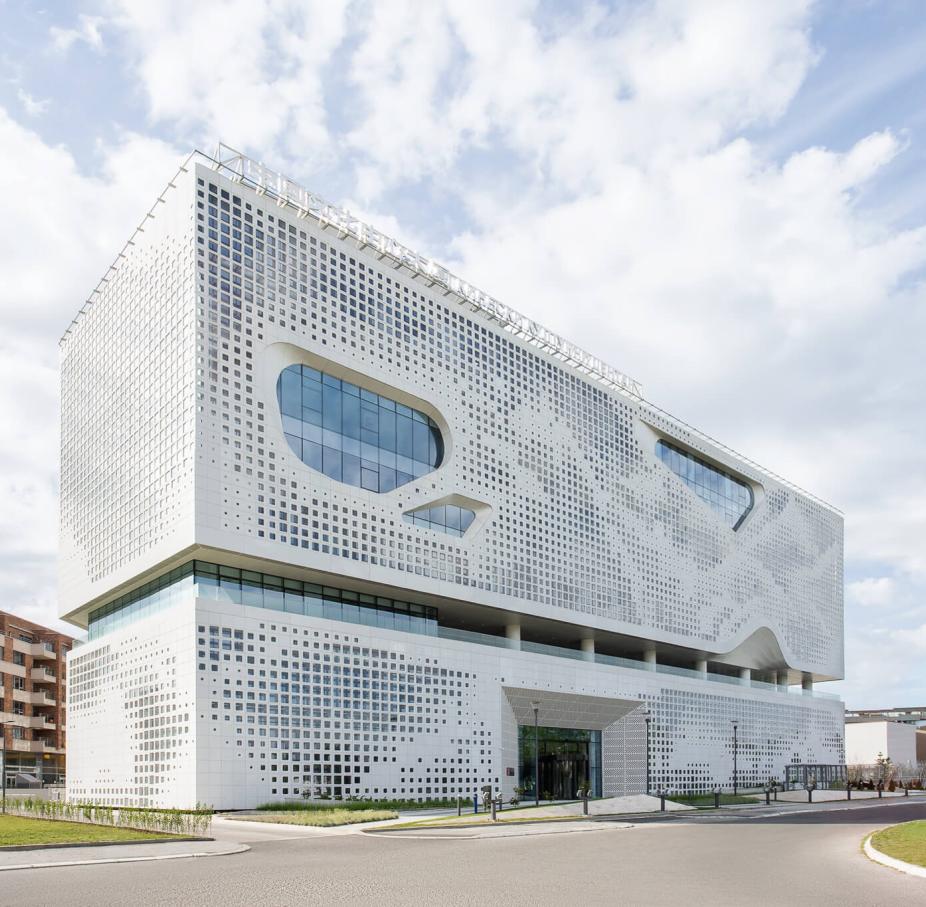Information
Marseille, France
2018
Jean Nouvel
Archistructure & Fire +

Designed by Jean Nouvel, La Marseillaise marks a real turning point for the Mediterranean city of Marseille. Not only does this 135-meter office block demonstrate architectural and technical prowess, it is also a sustainable economic and social project.
Discover our projects
Displayed title
Barts Square
Barts Square
The Barts Square masterplan, developed by Sheppard Robson for Helical, establishes a new urban mixed-use quarter in the heart of the City of London.
Displayed title
Apex House
Apex House
Apex House is part of Grainger’s Seven Sisters Regeneration project located on the corner of Seven Sisters Road and Tottenham High Road in London.163 new residential units across two towers and four townhouses with a mixture of tenures, as well as communal roof terraces, amenity space and a new commercial market space to accommodate the local shops.
Displayed title
Chinese Cultural Center of Belgrade
Chinese Cultural Center of Belgrade
This unique building has been designed by Chinese architects TF 铨赋, Xiaofeng Zhang and Shan Huang, with an inspiration of the ancient Chinese art painting guóhuà.


